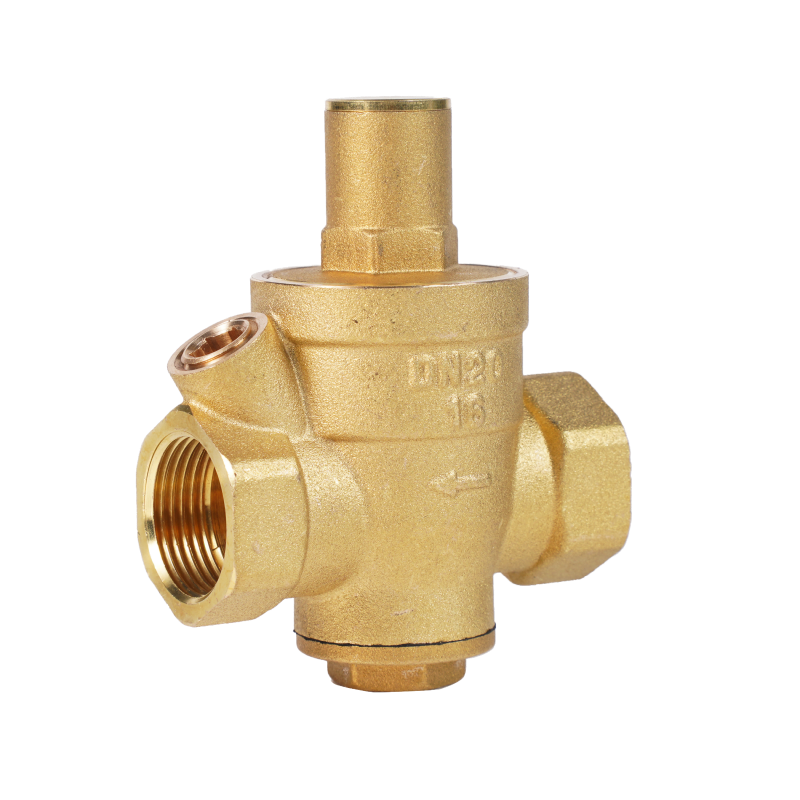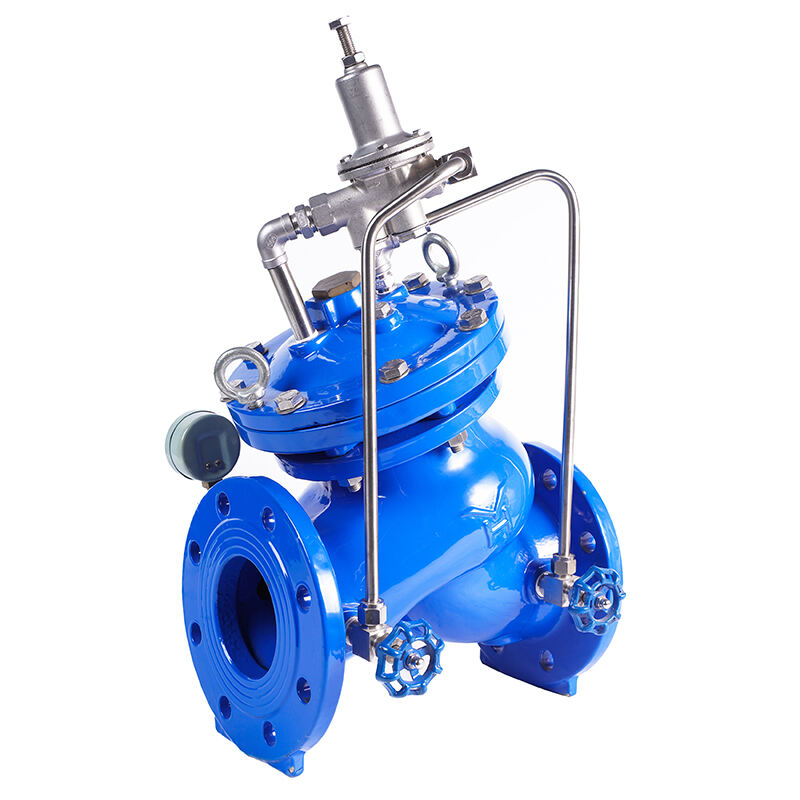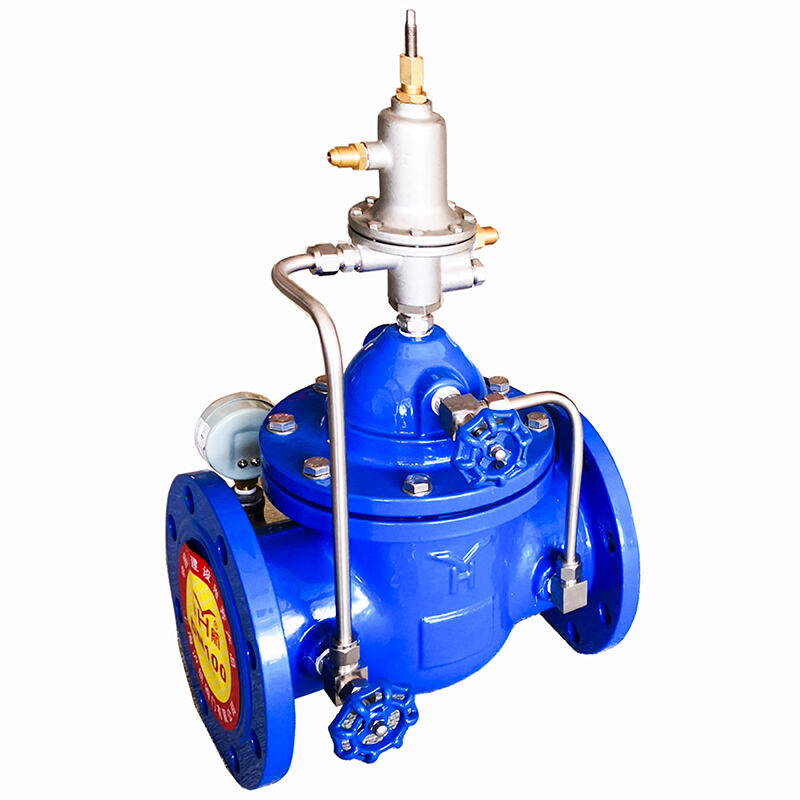adjustable pressure reducing valve
An adjustable pressure reducing valve is a sophisticated fluid control device designed to maintain consistent downstream pressure regardless of fluctuations in upstream pressure. This essential component operates by automatically adjusting its internal mechanism to regulate the flow of fluid, ensuring a stable and predetermined output pressure. The valve incorporates precision engineering features, including a spring-loaded diaphragm or piston assembly that responds to pressure changes, making real-time adjustments to maintain the desired downstream pressure. These valves are constructed with durable materials such as brass, stainless steel, or cast iron, enabling them to withstand various operating conditions and fluid types. The adjustment mechanism typically consists of a screw or handle that allows users to fine-tune the output pressure according to specific application requirements. Modern adjustable pressure reducing valves often include additional features such as pressure gauges, strainers, and bypass systems, enhancing their functionality and reliability. They are widely utilized in industrial processes, municipal water systems, commercial buildings, and residential applications where precise pressure control is crucial for system efficiency and equipment protection.


